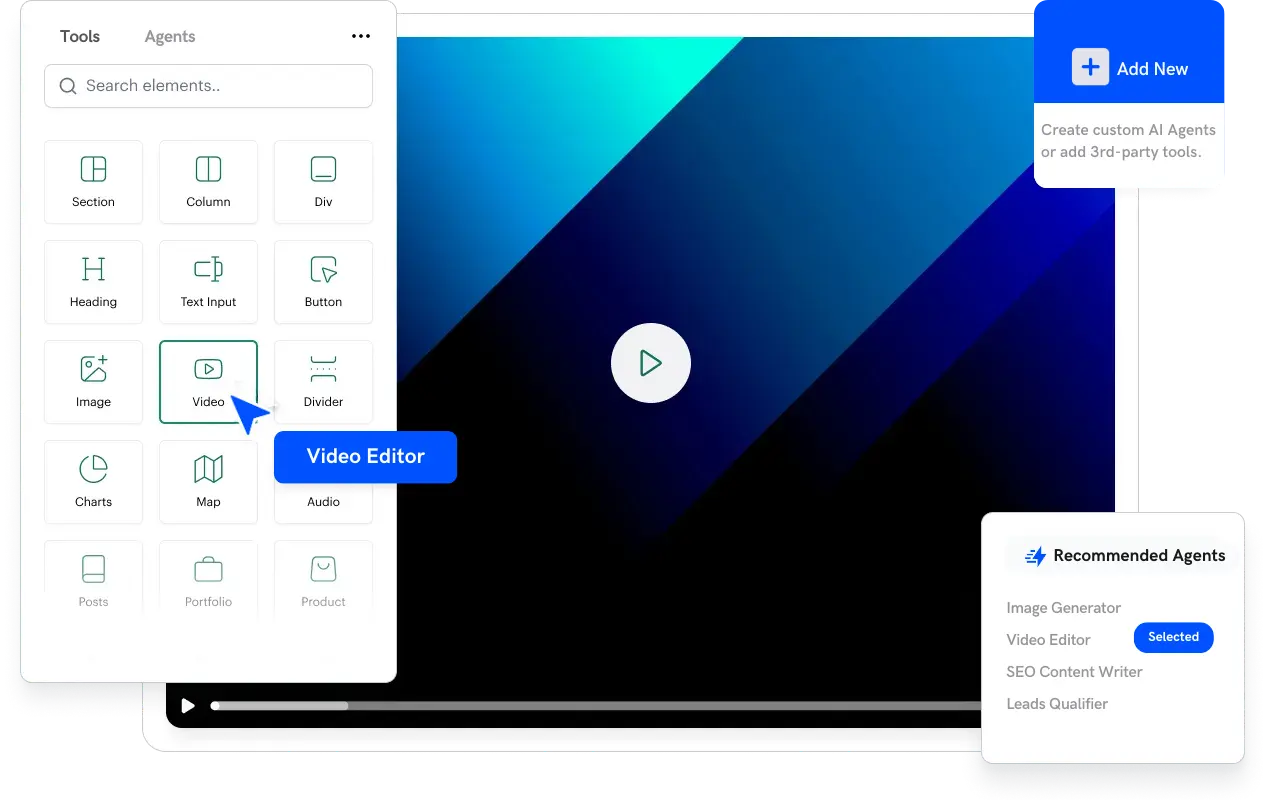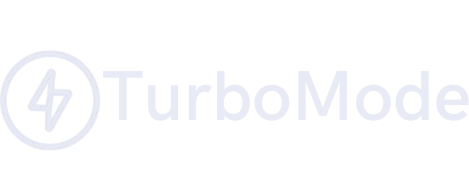Time Management Hacks for Young Professionals in 2025: Maximize Productivity and Work-Life Balance
Young professionals entering the workforce in 2025 face a dynamic and fast-paced environment, making time management, productivity, AI-powered tools, and work-life balance more critical than ever. With demanding jobs, entrepreneurial ventures, and personal development goals competing for attention, optimizing productivity is essential. In this guide, we outline practical strategies to help millennials and Gen Z maximize their time, improve efficiency, and maintain a balanced lifestyle.
Embrace Technology for Productivity
The rise of AI-powered tools and smart automation has revolutionized time management. By leveraging technology, young professionals can optimize their workflow and reduce time spent on mundane tasks.
Smart Tech Solutions for Better Time Management:
- Automate Routine Tasks: AI-powered tools like Grammarly, Otter.ai, and ChatGPT can handle tasks like email drafting, transcription, and content creation.
- Use Time-Tracking Apps: Platforms like Toggl, RescueTime, and Clockify provide insights into time consumption, helping identify productivity bottlenecks.
- Leverage Smart Calendars: AI-driven scheduling assistants like Motion and Reclaim AI auto-schedule tasks and meetings based on priority and availability.
- Streamline Communications: Tools like Slack, Notion, and Asana help organize projects, reducing unnecessary meetings and emails.
How AI Enhances Productivity:
- AI reduces cognitive load by handling repetitive administrative tasks.
- Automated scheduling minimizes meeting conflicts.
- AI-generated insights help professionals optimize workflow patterns.
Adopt the 80/20 Rule for Maximum Impact
The Pareto Principle (80/20 Rule) suggests that 80% of results come from 20% of efforts. Identifying and focusing on high-impact activities can significantly boost productivity.

How to Implement the 80/20 Rule:
- Prioritize High-Yield Tasks: Determine which tasks drive the most significant progress in work and personal projects.
- Eliminate or Automate Low-Impact Activities: Reduce time spent on tasks that don’t contribute to key objectives.
- Delegate When Possible: Assign non-essential tasks to AI assistants, virtual assistants, or team members.
Time Blocking and Prioritization Techniques
Effective scheduling is essential for maintaining focus and avoiding burnout. Time blocking and prioritization frameworks can help professionals manage their workload efficiently.
Best Practices for Time Blocking:
- Segment Your Day: Allocate time slots for deep work, meetings, emails, and personal development.
- Use Color-Coded Schedules: Visually distinguish work, self-care, and personal time to maintain balance.
- Set Realistic Goals: Avoid overloading your schedule to ensure flexibility and productivity.
Prioritization Frameworks:
- Eisenhower Matrix: Categorize tasks into four quadrants—urgent & important, important but not urgent, urgent but not important, and neither.
- Eat the Frog Method: Tackle the most challenging or essential task first to boost motivation for the rest of the day.
- Pomodoro Technique: Work in focused intervals (e.g., 25 minutes) followed by short breaks to enhance concentration.
Master the Art of Saying No
Time is a limited resource, and young professionals often struggle with overcommitting. Learning to say no strategically can prevent burnout and keep focus on essential goals.
How to Say No Effectively:
- Assess the Request: Evaluate if the task aligns with personal or professional priorities.
- Use Pre-Made Templates: Prepare polite but firm responses to decline non-essential requests.
- Offer Alternatives: If possible, suggest other resources or schedule the task at a more convenient time.
Work-Life Balance: Avoiding Burnout While Staying Productive
Managing time effectively isn’t just about working smarter—it’s also about maintaining a healthy balance to avoid burnout.
Tips to Maintain Work-Life Balance:
- Set Boundaries: Define clear work hours and personal time.
- Prioritize Self-Care: Allocate time for exercise, relaxation, and hobbies.
- Take Digital Detoxes: Unplug from screens periodically to refresh your mind.
- Leverage Downtime: Use commuting time for learning through podcasts or audiobooks.
The Future of Time Management in 2025 and Beyond
With AI advancements and new workplace trends, the future of time management continues to evolve.
Key Trends to Watch:
- AI-Powered Virtual Assistants: Expect more advanced tools that automate scheduling, reminders, and prioritization.
- Flexible Work Models: Remote and hybrid work structures will continue shaping time management strategies.
- Focus on Mental Health: More companies will integrate well-being initiatives to prevent burnout and promote efficiency.
Conclusion
Time management is an invaluable skill for young professionals navigating the complexities of modern work-life balance. By leveraging AI-powered tools, applying the 80/20 rule, implementing effective prioritization techniques, and mastering the art of saying no, professionals can optimize productivity and achieve greater success in 2025. With planning and smart strategies, making the most of every 24 hours becomes a reality.
Mastering time management is not just about getting more done—it’s about working smarter, reducing stress, and leading a fulfilling professional and personal life. Start small, stay consistent, and watch your efficiency skyrocket!






